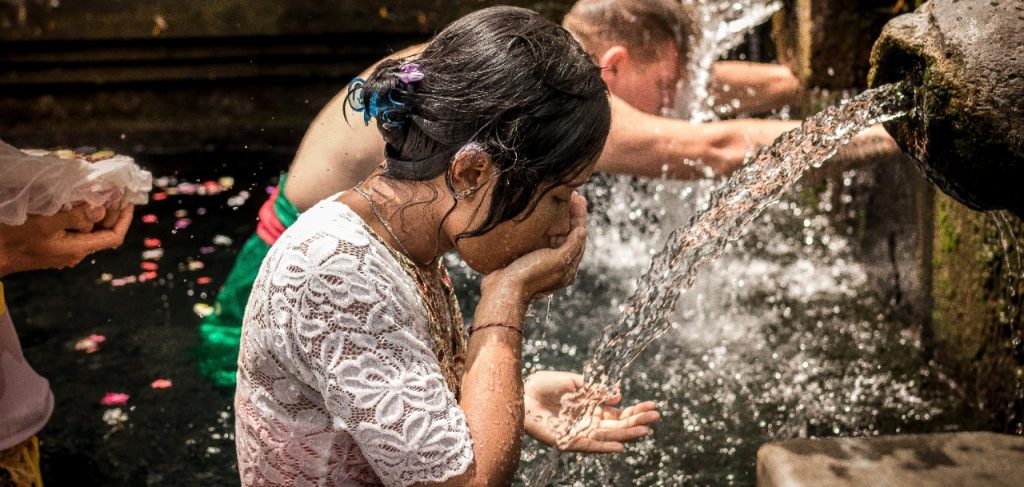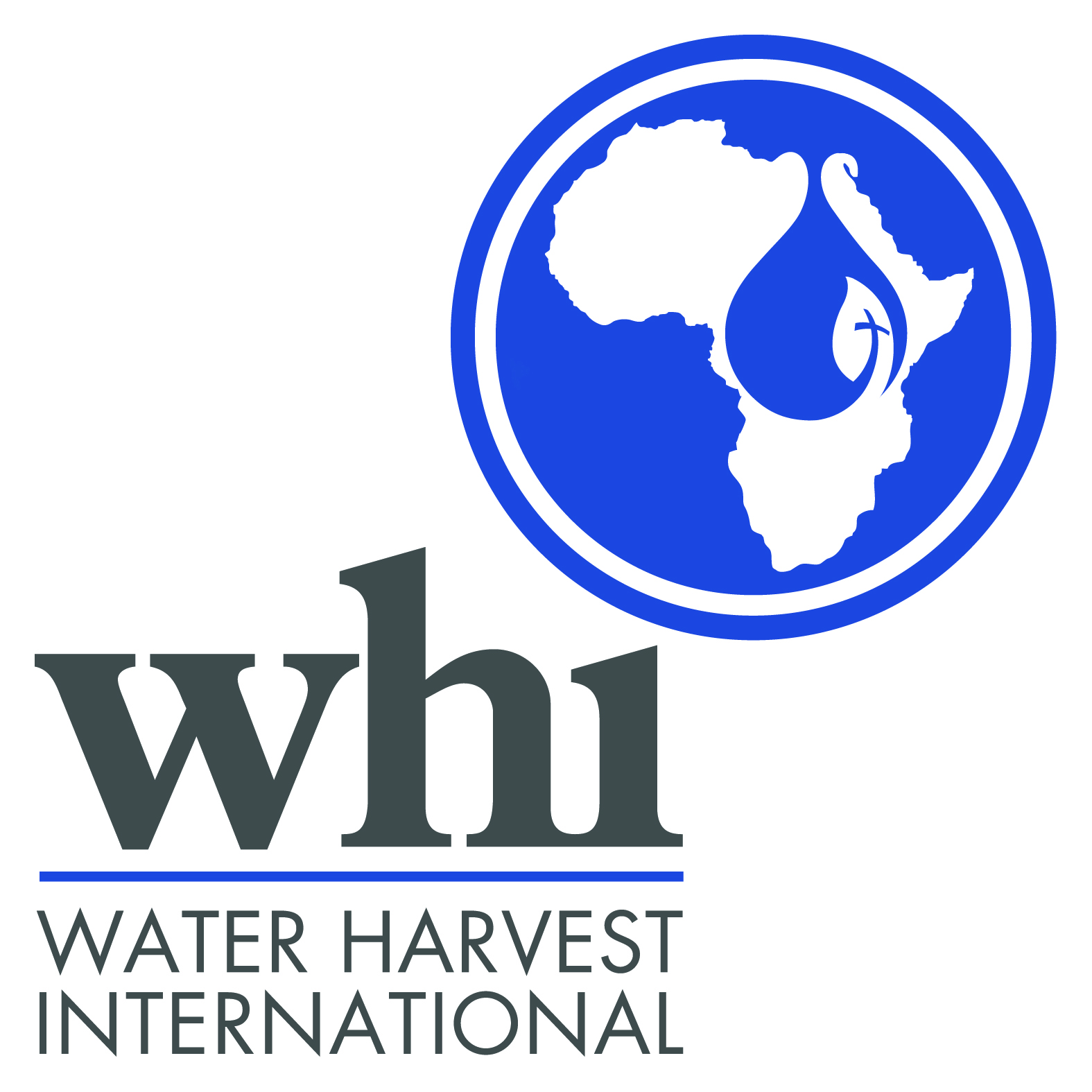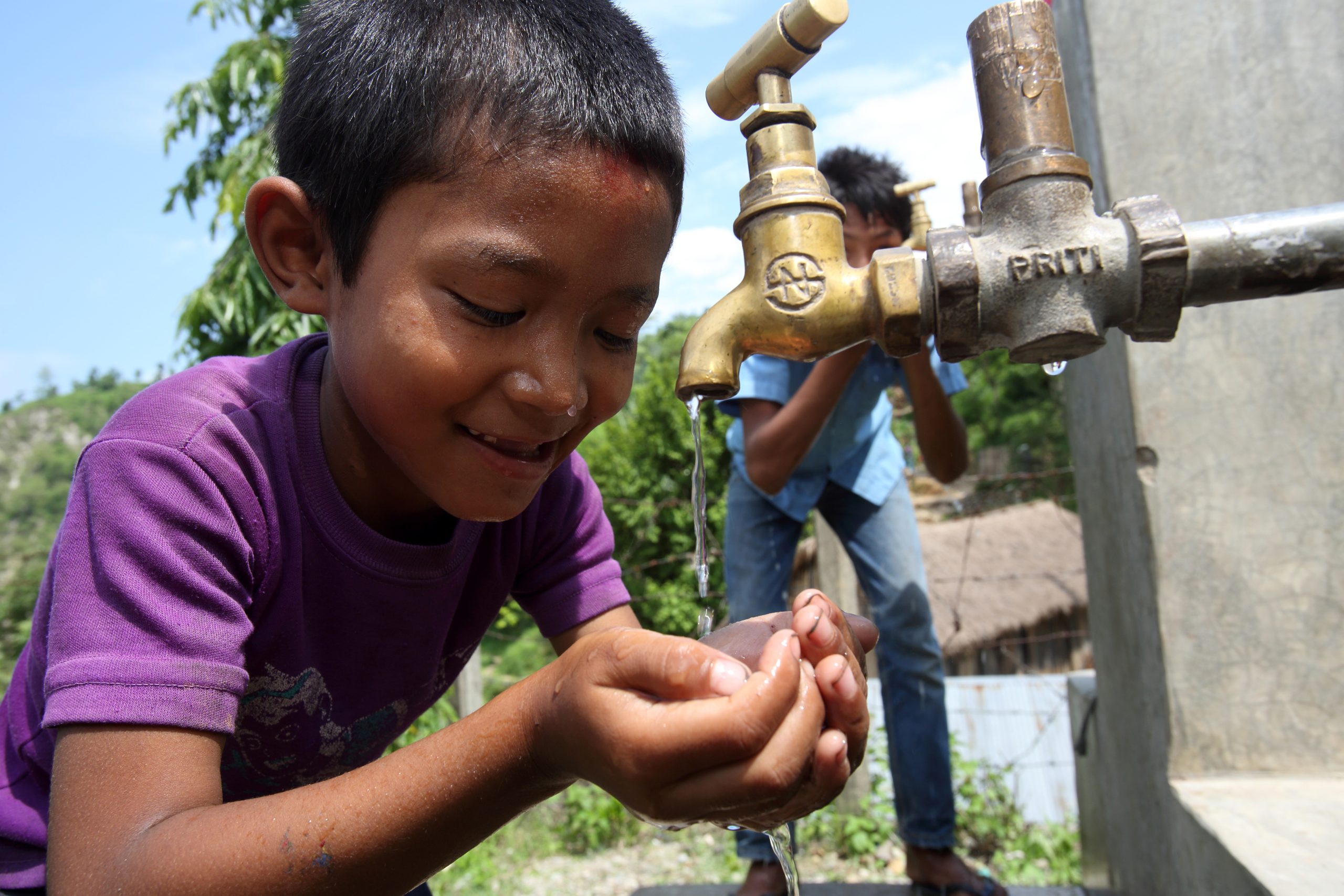As we unfurl our umbrellas under the summer rain or pour a glass of water from the tap, it’s easy to overlook the intrinsic value of water. It’s more than just a thirst quencher; it’s a life giver, a fundamental right each human should enjoy. Unfortunately, the reality remains a stark contrast, with millions around the globe denied this crucial right. Today, we venture into the fascinating and paradoxically turbulent waters of the human right to clean, safe, and accessible water.
The Legal Thirst for Water Rights
The recognition of water as a human right has followed a meandering course, much like the path of a river. This vital right was not explicitly included in the 1948 Universal Declaration of Human Rights. It was only in 2002 that the United Nations Committee on Economic, Social, and Cultural Rights interpreted this right within the broader scope of the right to an adequate standard of living.
This interpretation marked a profound shift in global perceptions, underlining that water, a basic necessity, is intricately interwoven with human dignity and survival. A global milestone was achieved in 2010 when the UN General Assembly adopted Resolution 64/292, which explicitly recognized the human right to water and sanitation. This marked a crucial evolution, a new current in the legal river that affirmed every individual’s right to safe, clean, accessible, and affordable drinking water and sanitation.
As groundbreaking as it was, this resolution had to navigate through the white waters of national sovereignties and diverse legal systems. Countries have implemented the human right to water with varying degrees of success and commitment, influenced by factors such as resources, infrastructure, and political will. From South Africa’s Constitution that mandates access to water, to Chile’s privatized water system, the global picture is as diverse as it is challenging.

Water, the Elixir of Health and Development
Water’s role as the cornerstone of health and development is both intriguing and indispensable. The significance of clean water goes far beyond quenching thirst or personal hygiene. It’s a building block of public health, an element as vital as air in the fight against diseases and the promotion of overall well-being.
According to the World Health Organization, inadequate water supply and sanitation are linked to diseases such as cholera, dysentery, hepatitis A, and typhoid. Imagine the difference access to clean water makes, shielding communities from these life-threatening illnesses. Clean water is like an unseen superhero, stealthily fighting a constant battle against disease.
Simultaneously, clean water is a keystone for sustainable development, linked to almost every Sustainable Development Goal (SDG) outlined by the United Nations. From promoting good health and well-being (SDG 3) and quality education (SDG 4), to contributing to sustainable cities (SDG 11) and combating climate change (SDG 13), water is a prerequisite for progress and prosperity.

Conclusion: The Unceasing Flow towards Water Rights
The journey of defining and realizing the human right to clean water is a powerful testament to our collective capacity for change. This right’s recognition is a testament to humanity’s resolve to ensure dignity and health for all, to rise above political and geographical divides and recognize a universal need. However, the path forward is not without its rapids and waterfalls.
Our task, as the beneficiaries and custodians of this right, is to keep the stream flowing, to ensure that clean water is not just a privilege for a few, but a fundamental right for all. Whether through local community action, innovative technological solutions, or responsible water usage, we each have a role to play in shaping the future of water rights. The ripples we create today will become the waves of change for future generations, ensuring that water, the essence of life, remains accessible for all.


